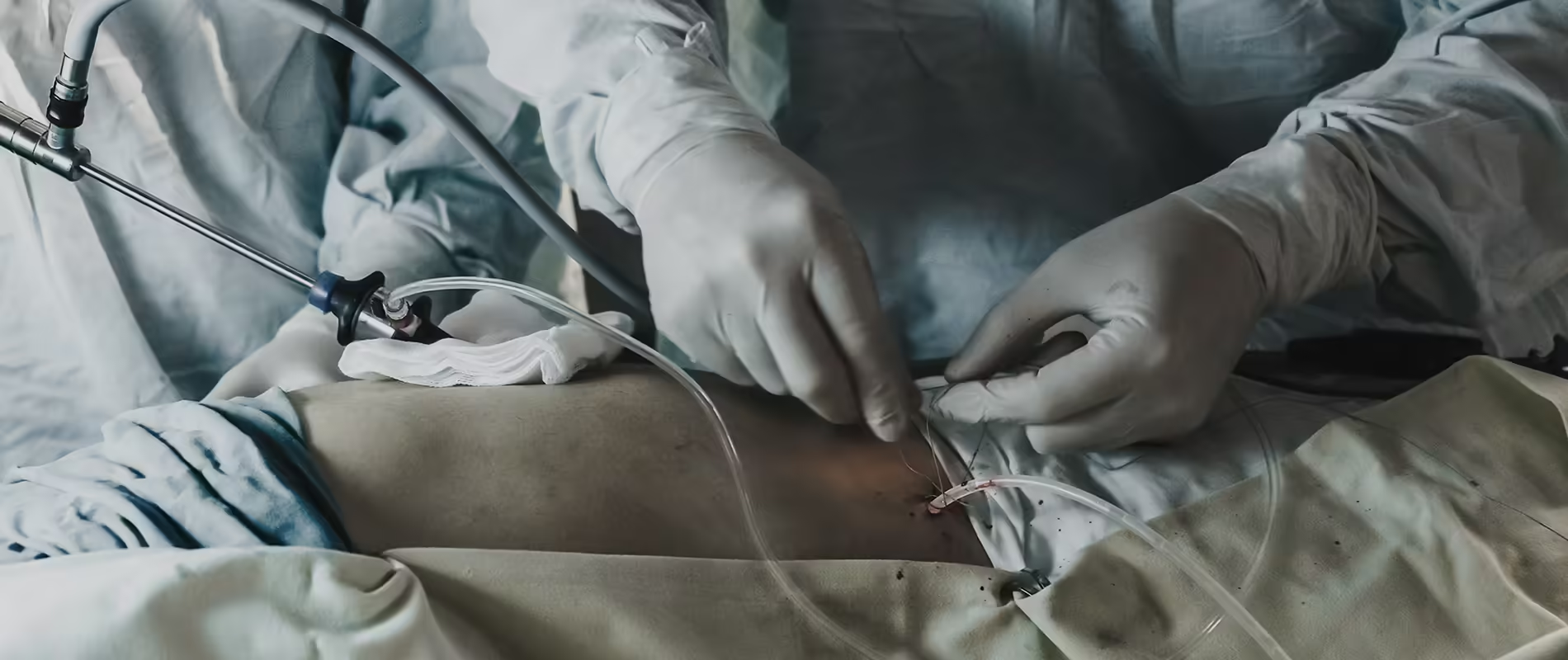
Fibroids are tumors of the smooth muscle found in the wall of the uterus. Many of the patients with uterus fibroid have symptoms of heavy bleeding, menstrual cramps, pelvic pressure and pain, frequent urination, and urinary retention. In some patients, there are no symptoms.
Fibroids are noncancerous tumors. Although, they can grow to large sizes. Some patients had huge fibroids at the time of diagnosis which were symptomless. But even very small fibroids sometimes can cause symptoms.
Where the fibroids grow determines the symptoms. If a fibroid grows inside the uterine cavity can cause bleeding which can be heavy and irregular.
If these fibroids grow on outer surface of the uterus they may reach a large size before detection. These types of fibroids can press on the bowel and bladder causing symptoms like constipation, increased urination, and even urinary retention. Some fibroids do not cause any symptoms. They don’t require any treatment. 70-80% of women have fibroids by the age of 50, but only 30-50% of them will experience symptoms.
Causes of Uterine fibroids
▪ Being overweight, obesity
▪ Null parity (never having birth to a child)
▪ Early onset of menstruation
▪ African American heritage
Diagnosis
▪ Pelvic examination
▪ Ultrasound
▪ MRI Scan
Treatment
Treatment of fibroids depends on the symptoms, size, and location of the fibroids, and the age of the patient (how close the patient is to menopause). Patients desire to have children and patients general health.
In most cases, treatment is not necessary particularly if the woman has no symptoms, has small fibroids, or has gone through menopause.
Abnormal vaginal bleeding caused by fibroids in the uterus cavity can be managed through hysteroscopy.
If it is arising from the muscle of the uterus and growing out can be removed by open method or laparoscopically called myomectomy, if the patient wants to preserve fertility.
If the family is completed, then uterus removal or hysterectomy is advisable. Other treatment modalities are medical management, and uterine artery embolization.





